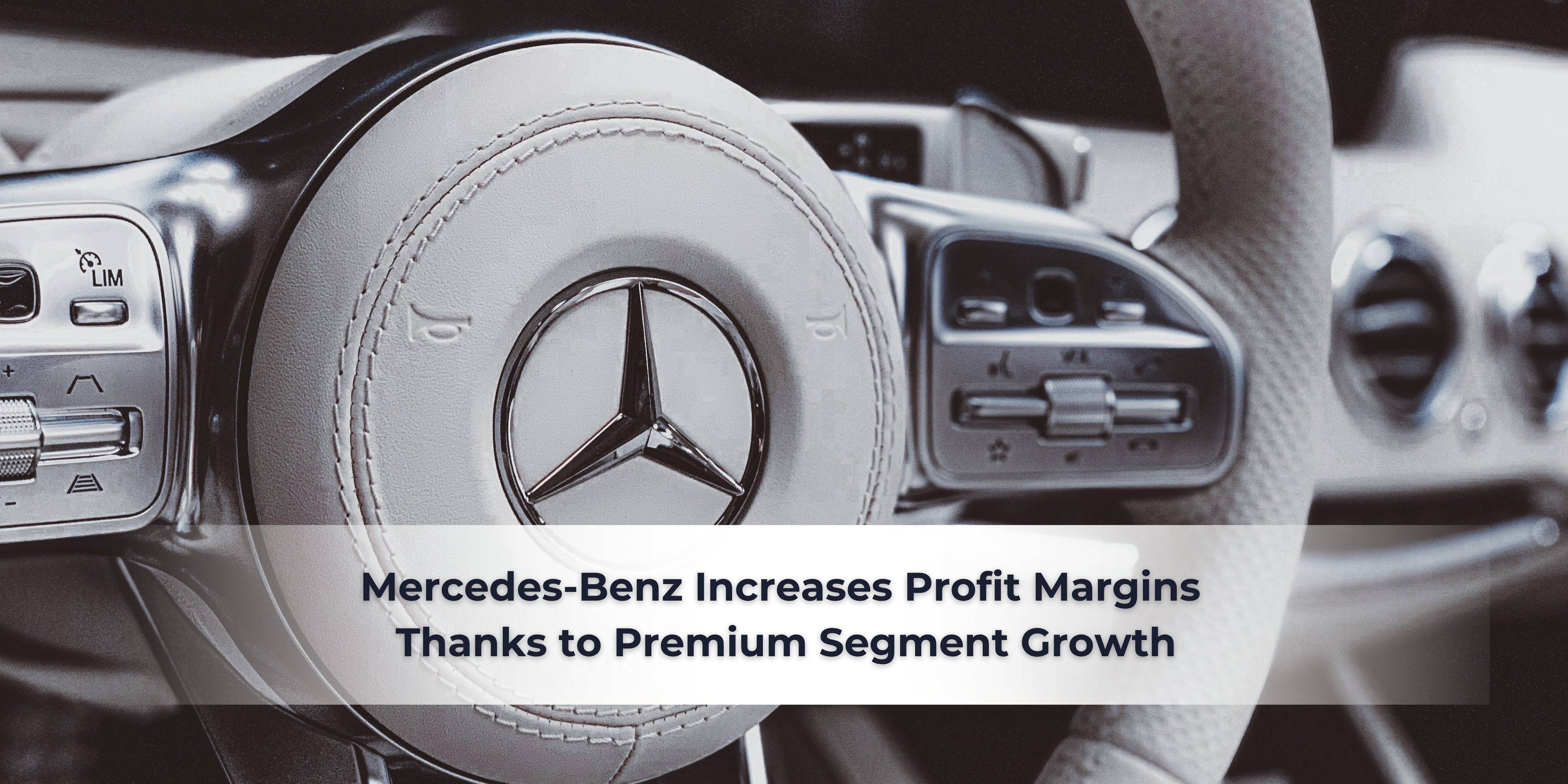Mercedes-Benz Cars division reported an adjusted Return on Sales (RoS) of 4.8% in Q3 2025, meeting its guidance range despite lower volumes and market challenges. This RoS was driven by a 10% growth in Top-End vehicles (Maybach, AMG, S-Class, G-Class). For luxury buyers, this signals the brand’s successful “value over volume” strategy, promising stronger investment in bespoke programs, better resale value potential, and enhanced exclusivity in the premium-car segment.
Why Mercedes’ Margin Growth Matters
When a luxury carmaker like Mercedes-Benz reports resilient profitability metrics, it matters significantly for buyers and owners of high-end vehicles. Here’s why:
- Higher margins often translate into more investment in cutting-edge R&D, bespoke options (like MANUFAKTUR), and advanced service experiences.
- Premium-model growth reinforces the brand’s strategic shift of “value over volume” – meaning a stronger focus on the Top-End luxury models that discerning buyers typically prefer.
- In markets such as India, this focus can mean better exclusivity, an expanded customisation portfolio, stronger resale value retention, and a continued strategy of fewer deep discounts on their premium line-up.
Key Data & Insights (Q3 2025)

| Metric | Verified Value | Why It Matters |
| Adjusted Return on Sales (RoS) (Cars division) | 4.8% in Q3 2025 (compared to 4.7% in Q3 2024) | This is within the company’s full-year guidance (4-6%) and shows resilience despite market contraction. |
| RoS Guidance Range (Full Year) | 4% to 6% | Mercedes is successfully managing profitability in a challenging environment. |
| Top-End Models Sales Growth | Plus 10% Year-over-Year (for Maybach, AMG, S-Class, G-Class) | Crucial indicator – growth is led by the highest-margin, most exclusive models, validating the “value over volume” strategy. |
| Free Cash Flow (Industrial Business) | €1.4 billion | Suggests healthy liquidity, which enables sustained investment in new platforms (like the electric CLA) and product quality. |
| Total Car Sales Volume | -12% Year-over-Year | The RoS improvement (4.7% to 4.8%) despite a volume drop highlights the success of premium pricing and mix-management. |
What This Means for Luxury Car Buyers in India

- Stronger Product Lifecycle & Bespoke Options
With its profit target secured, Mercedes-Benz is better positioned to invest heavily in next-gen models and its MANUFAKTUR bespoke program. For Indian buyers of luxury Mercedes models, your brand choice is backed by a financially healthy company focused on premiumisation and personalisation. - Focus on High-End Models & Exclusivity
The verifiable growth in brands like Maybach, AMG, and the G-Class means a greater emphasis on Top-End models and a continued avoidance of the ‘discount race’ in the premium luxury segment. Buying one of these high-end variants aligns directly with the brand’s global strategic priority. - Resale Value Potential
A brand demonstrating strong, resilient profitability and clear premium-segment strength typically retains better resale value. For luxury-car buyers, this matters significantly: the cost of ownership is determined not just by the initial price but by the car’s ability to hold value later in its lifecycle. - Global Headwinds = Local Impacts
Mercedes-Benz still faces significant global challenges, including a steep decline in China sales (-27% in Q3 2025), persistent U.S. import tariffs, and the high-cost EV transition pressure. For Indian buyers, this underscores the need to ensure your purchase is a model with strong local assembly/support, stable parts supply, and high regional relevance.
Strategic Considerations Before Your Purchase
- Check Model Cycle & Updates: Given the focus on new product launches (like the electric CLA and GLC), ensure your chosen variant is aligned with the brand’s latest investment and refresh plans.
- Review Bespoke/Customisation Options: The premium margin buffer allows Mercedes to offer more personalized features. Check the MANUFAKTUR options available for your model in the Indian market.
- Evaluate Long-Term Servicing & Parts Cost: While the brand is profitable, global headwinds can still affect imported models. Ensure clarity on local support, parts availability, and the total cost of ownership.
- Watch Variant Positioning: The sustained strong margins for AMG/Maybach confirm them as strategic segments. If you are buying a standard luxury line model, ensure it still receives the priority needed for strong long-term support.
Final Takeaway
For buyers of high-end luxury cars, the latest Q3 2025 results from Mercedes-Benz are a positive sign. The brand’s margin improvement, successfully driven by premium-segment growth, underpins a healthier investment environment, a stronger product focus, and an improved ownership proposition. That said, vigilance is still required: the luxury automotive world is undergoing rapid change (EV shift, global trade headwinds), and so your purchase decisions should factor in brand sustainability, local support, and long-term value.
Connect with the Motozite Team to assess which Mercedes-Benz premium model best aligns with your luxury-car goals, ownership horizon, and regional market dynamics.

